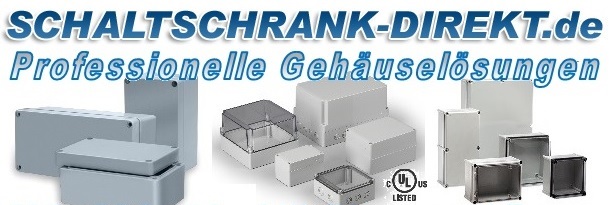wiring ducts
What is a wiring duct?
A wiring duct is an essential element in electrical installation, especially when building control cabinets and switchgear. Here is the most important information:
Purpose and function:
Cable routing and organization:
Wiring ducts are used to route electrical cables and wires in an orderly and safe manner.
They prevent cable clutter and make maintenance and troubleshooting easier.
Cable protection:
The ducts protect the cables from mechanical damage, dust and moisture.
They contribute to the longevity of the electrical installation.
Safety:
Proper cable routing minimizes the risk of short circuits and other electrical problems.
Properties and variants:
Materials: Wiring ducts are often made of PVC (polyvinyl chloride) or halogen-free plastics.
Designs: There are different sizes and shapes to meet different requirements.
Many ducts have slots or predetermined breaking points to make it easier to insert and remove cables.
Assembly: Wiring ducts can be screwed, glued or mounted on mounting rails.
Self-adhesive variants make assembly easier.
DIN standards:
There are DIN standards that specify the dimensions and properties of wiring ducts.
Areas of application: Control cabinet construction:
The most common use of wiring ducts is in control cabinets, where they ensure clear and safe wiring.
Industrial plants: In production plants and other industrial environments, they are used to lay control cables and power cables.
Building installation: Wiring ducts can also be used in building installations to lay cables neatly.
In summary, wiring ducts are indispensable tools for making electrical installations safe, tidy and easy to maintain.
A wiring duct is an essential element in electrical installation, especially when building control cabinets and switchgear. Here is the most important information:
Purpose and function:
Cable routing and organization:
Wiring ducts are used to route electrical cables and wires in an orderly and safe manner.
They prevent cable clutter and make maintenance and troubleshooting easier.
Cable protection:
The ducts protect the cables from mechanical damage, dust and moisture.
They contribute to the longevity of the electrical installation.
Safety:
Proper cable routing minimizes the risk of short circuits and other electrical problems.
Properties and variants:
Materials: Wiring ducts are often made of PVC (polyvinyl chloride) or halogen-free plastics.
Designs: There are different sizes and shapes to meet different requirements.
Many ducts have slots or predetermined breaking points to make it easier to insert and remove cables.
Assembly: Wiring ducts can be screwed, glued or mounted on mounting rails.
Self-adhesive variants make assembly easier.
DIN standards:
There are DIN standards that specify the dimensions and properties of wiring ducts.
Areas of application: Control cabinet construction:
The most common use of wiring ducts is in control cabinets, where they ensure clear and safe wiring.
Industrial plants: In production plants and other industrial environments, they are used to lay control cables and power cables.
Building installation: Wiring ducts can also be used in building installations to lay cables neatly.
In summary, wiring ducts are indispensable tools for making electrical installations safe, tidy and easy to maintain.
1 to 28 (from a total of 28)
Wiring duct for control cabinets: Flexible, self-adhesive and easy to install
Optimize your control cabinet wiring with our flexible wiring duct. Ideal for clean and efficient cable routing. The self-adhesive back enables quick and easy installation on mounting plates or other surfaces. Thanks to the flexible design, the wiring ducts also adapt to complex control cabinet structures.
Main features:
Flexible: Adapts to any control cabinet geometry.
Self-adhesive: For easy and quick installation.
Easy installation: No drilling or screwing required.
Optimal cable routing: Ensures order and clarity.
Versatile: For control cabinets, distribution boards and other applications.
Optimize your control cabinet wiring with our flexible wiring duct. Ideal for clean and efficient cable routing. The self-adhesive back enables quick and easy installation on mounting plates or other surfaces. Thanks to the flexible design, the wiring ducts also adapt to complex control cabinet structures.
Main features:
Flexible: Adapts to any control cabinet geometry.
Self-adhesive: For easy and quick installation.
Easy installation: No drilling or screwing required.
Optimal cable routing: Ensures order and clarity.
Versatile: For control cabinets, distribution boards and other applications.

